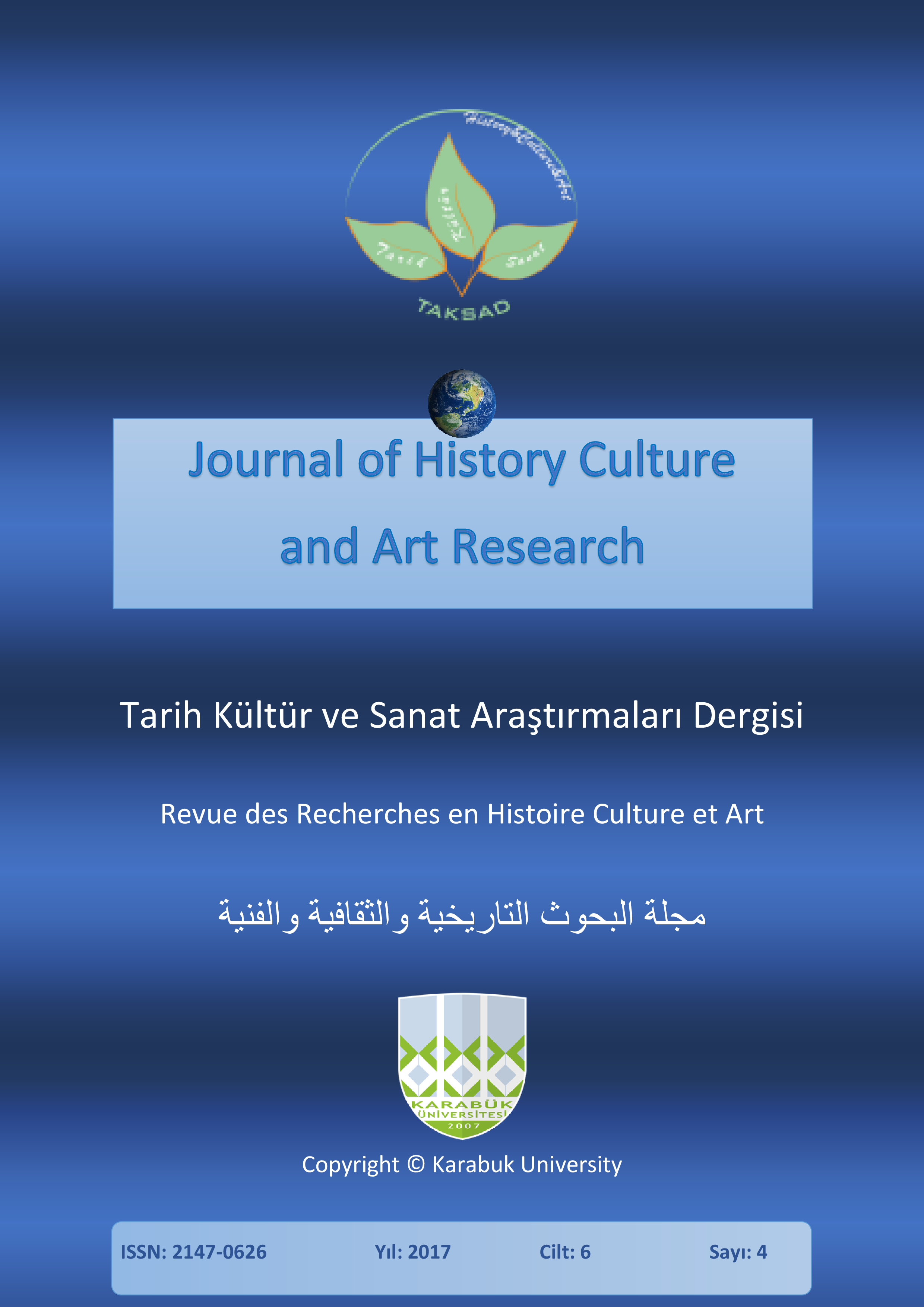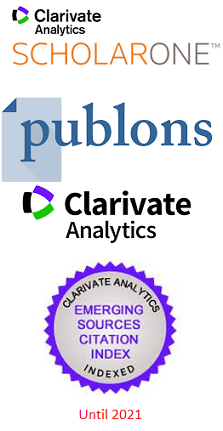Subject-Oriented Approach in the Professional Formation of the Future Music Teacher
DOI:
https://doi.org/10.7596/taksad.v6i4.1120Anahtar Kelimeler:
Subject-oriented approach- Pedagogy- Art- Music- Teacher.Özet
The article deals with the possibilities of introducing a subject-oriented approach into the practice of professional education of the future music teacher. Particular attention is paid to the forms and methods used in this field, as well as to the conditions of the modern cultural environment, which allows for the free self-realization of the individual in accordance with his subject needs. Subject-oriented approach is the practice-oriented research. The study identified a number of the most significant components in the preparation of a music teacher, such as individual forms of studies and a number of special methods, which include the method of artistic associations, verbal "allegories", metaphors, the method of heuristic tasks for mastering creative activities. The openness of the musical and pedagogical system has great importance in its ability to respond to changes in the music and educational environment, which includes educational institutions and various cultural institutions: theaters, concert halls, orchestral and choir groups. All that conditions are necessary to ensure the possibility of creative self-realization and self-actualization of future music teachers.
Referanslar
Akbarova, G. N.; Dyganova, E. A. & Yavgildina, Z. M. (2016). The Technology of Self-Education in Music Pedagogues' Professional Training. TOJDAC, November, Special Edition, 2233-2238.
Andreev, V. I. (2005). Pedagogika of High School. Innovazionno-prognosticheskiy kurs: uchebnoye posobiye. Kazan: Zentr innovazionnih tehnologiy.
Berlyanchik, M. M. (2009). Iskusstvo i lichnost. V 2 kn. Kn. 1. Problimi khudozhestvennogo obrazovaniya i muzikalnogo ispolnitelstva. Moscow.
Borytko, N. M. & Mazkajlova, O. A. (2002). Stanovlenie subektnoj pozicii uchashhegosja v gumanitarnom prostranstve uroka. Volgograd: Izd-vo VGIPKRO.
Galiullina, D. Kh.; Zamaletdinov, R. R. & Bolgarova, R. M. (2016). Comparison as the Way of Tatar and Russian World Picture Specifity Representation. International Journal of Humanities and Cultural Studies, Special Issue, August, 556-562.
Karkina, S. V. & Fajzrahmanova, L. T. (2016). Tradition and Modern Experience of the Kazan Piano School in the Aspect of Subject-Oriented Approach. Turkish Online Journal of Design Art and Communication, 6, 2451-2456.
Khurmatullina, R. C. & Yachina, N. P. (2015). Formation of Individual Creative Activity Style of a Prospective Music Teacher. Review of European Studies, 7(5), 231-236.
Maslow, A. (2006). Motivatziia i lichnost. SPb: Piter.
Orlov, A. B. (1995). Lichnost i sushchnost: vneshnee i vnutrennee Ia cheloveka. Voprosy psihologii, 2, 5-19.
Smyslova, E. V. & Khabibullina, L. F. (2011). The problem of Free Will in “The Clockwork Testament or: Enderby's End” by A. Burgess. The Turkish Online Journal of Design, Art and Communication, 2626-2631.
İndir
Nasıl Atıf Yapılır
Sayı
Bölüm
Lisans
Tarih Kültür ve Sanat Araştırmaları Dergisi'nde yayımlanan tüm çalışmalar Creative Commons 4.0 CC-BY lisansı ile lisanslanmıştır.
Bunları yapmakta özgürsünüz:
- Bu eseri her boyut ve formatta paylaşabilir — kopyalayabilir ve çoğaltabilirsiniz.
- Materyalden Adapte et — karıştır, aktar ve eserin üzerine inşa et
- her türlü amaç için, ticari amaç da dahil
Alttaki şartlar altında:
Atıf — uygun bilgiyi, lisansa linki, and ve değişiklik yapıldıysa değişiklik bilgisinivermelisiniz. Sizi veya kullanımınızı lisansörün onayladığı bilgisini içermemek kaydıyla, size uygun şekilde bu işlemleri gerçekleştirebilirsiniz.
AynıLisanslaPaylaş — Eğer materyali karıştırdınızsa, aktardınızsa ya da materyalin üzerine çalıştınızsa, ancak aynı lisans ile dağıtabilirsiniz.
- Ek sınırlamalar yoktur — Lisansın izin verdiği hakları başkaları üzerinde kanunlarla ya da teknolojiyikullanarak sınırlayamazsınız.







